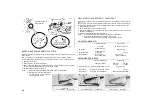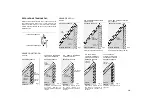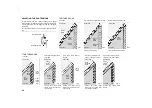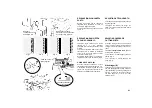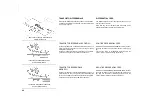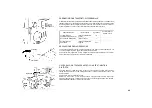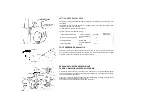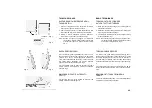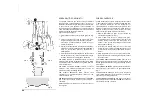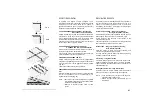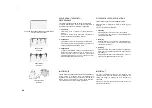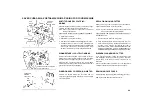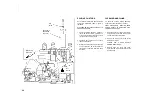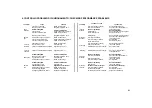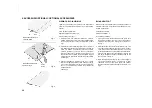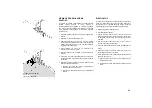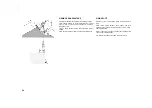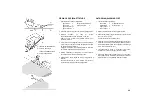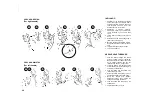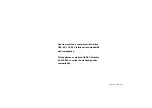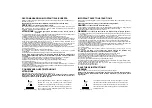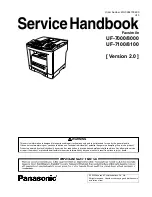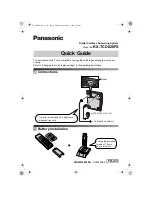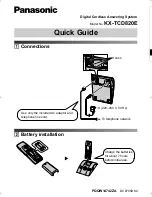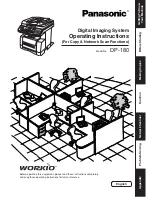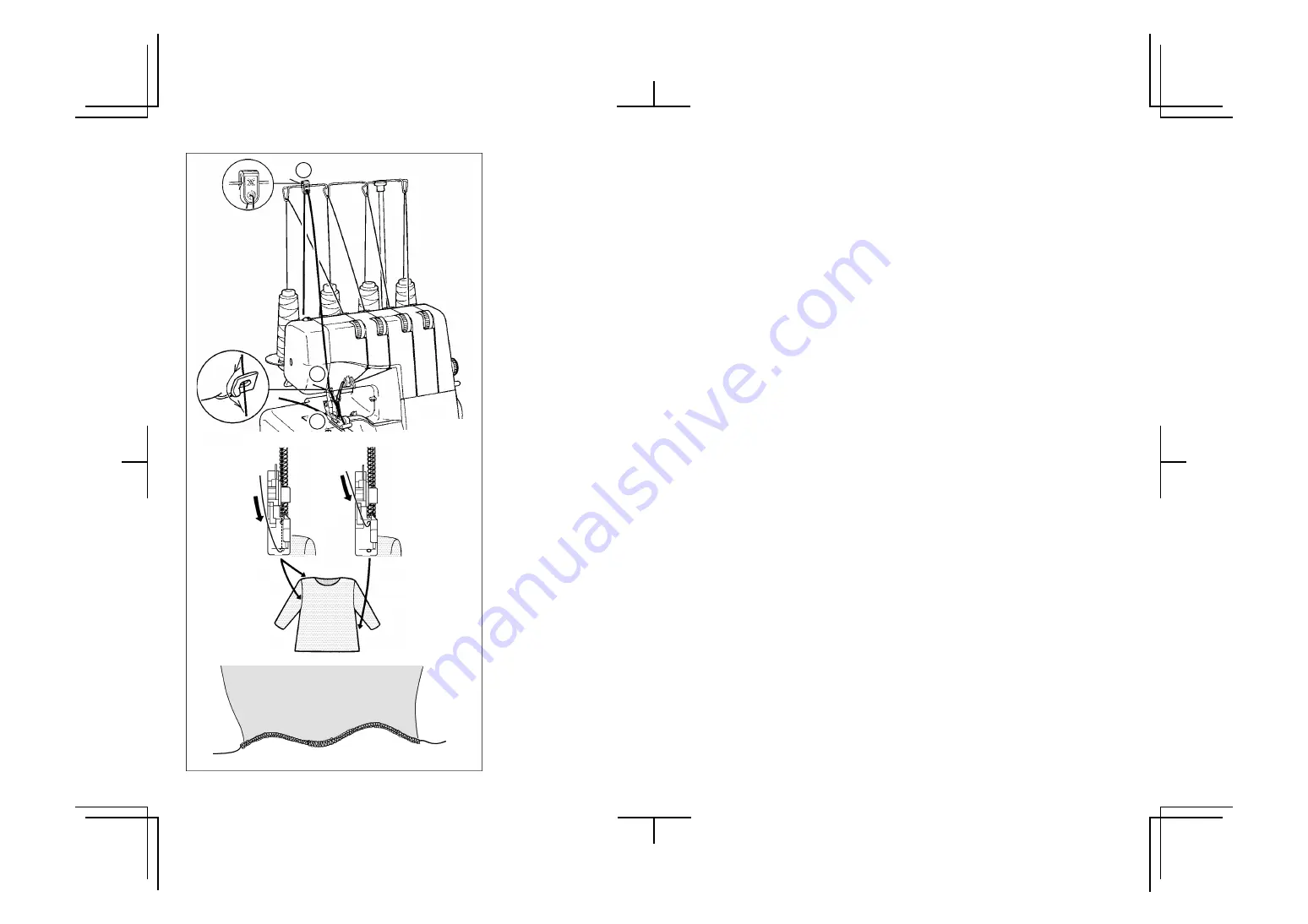
Fig. 3
Fig. 2
Fig. 4
SOPRAGGITTO CORDONATO
Il sopragitto cordonato può essere usato per rinforzare
spalle, maniche o cuciture laterali quando si cuciono o si
fabbricano indumenti di maglia. Come elemento decorativo
si può usare filo per maglieria di colori contrastanti. La
vostra macchina è equipaggiata con un piedino pressore
che è stato disegnato per alimentare la corda ed il filo alla
sinistra o alla destra del punto di sicurezza.
Seguire le istruzioni seguenti :
1. Porre la guida del cordone sul sostegno guida filo. (Fig.
1).
2. Porre un cordone quale cotone da crochet, lana, filo di
maglia o filo elastico, dietro il perno della spola di filo.
Far passare il cordone attraverso il guida filo ago di
sinistra (3) vedere Fig. 1
3. Inserire il cordone attraverso l'un o l'altro foro anteriore o
posteriore (in accordo all'operazione vedere diagramma
di fig. 2 e 3) nel piedino pressore e passarlo sotto e
dietro il piedino.
4. Porre il materiale da cucire normalmente. Partire a bassa
velocità osservando se il cordone è alimentato in modo
corretto e aumentare la velocità come è necessario.
PER UNIRE SPALLE O MANICHE passare il cordone
attraverso il foro frontale, assicurandosi che esso sia fissato
tra i fili dell'ago destro e sinistro mentre è guidato attraverso
il foro frontale. (Fig. 2).
PER UNIRE CUCITURE LATERALI passare il cordone
attraverso il foro posteriore assicurandosi che esso sia
posizionato vicino al filo dell'ago destro.
PER EFFETTI DECORATIVI potete passare colori
contrastanti o se lo disiderate passare il cordone o il filo
attraverso ciascun foro.
PER PRODURRE UN ORLO ONDULATO CON IL CORDONE
(Fig. 4) passare il cordone attraverso il foro posteriore e
cominciare.
ORLATURA A RULLO (vedere pag. 18) questo si usa per
l'orlo di gonne.
CORDED OVERLOCK
Corded overlock can be used to strengthen shoulder, sleeve
or side seams when joining or making up knitted garments.
As a decorative feature you can use knitting yarn of
contrasting colours to further enhance your garment. Your
machine is equipped with a presser foot which has been
designed to feed your cord or yarn to the left of the safety
stitch or to the right. Follow instructions as follows:
1. Snap the detachable cord guide, in your accessory set
onto the thread guide pole (Fig. 1).
2. Place a " filler " cord, such as a crochet cotton, gimp,
wool, knitting yarn, or shirring elastic at the rear of the
machine spool pin. Pass the cord through the cord
guides (1) and (2) and then through the left needle
thread guide (3). See Fig. 1.
3. Insert the cord through either the front or rear hole
(according to the operation, see diagrams Figures 2 and
3), in the presser foot and pass it under and to the rear of
the foot.
4. Place the material to be sewn as normal. Start at slow
speed observing if cord is feeding correctly and increase
speed as needed.
FOR JOINING SHOULDERS OR SLEEVES, pass the cord
through the front hole, ensuring that it is fixed between the
left and right needle threads as it is guided through the front
hole. (Fig. 2).
FOR JOINING SIDE SEAMS, pass the cord through the rear
hole, ensuring it is positioned to the right needle thread.
(Fig. 3).
FOR DECORATIVE EFFECTS, you may pass contrasting
colours either through the front or rear hole or if you desire,
pass cord or yarn through each hole.
FOR MAKING WAVED HEM WITH GUT (Fig. 4), pass the gut
through the rear hole and start ROLLED HEM (See page 18).
This is used for the hem of skirt, etc.
26
3
2
1
Fig. 1
Summary of Contents for Lock 181
Page 1: ......







